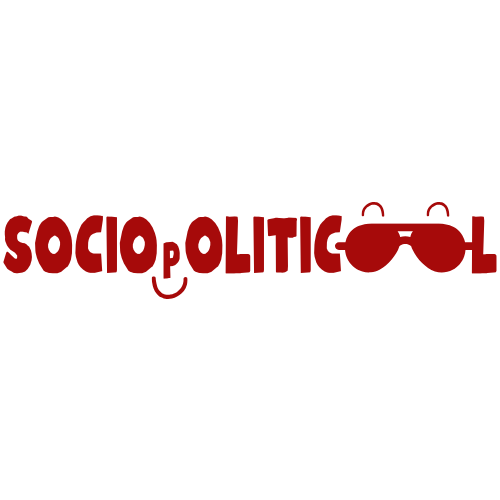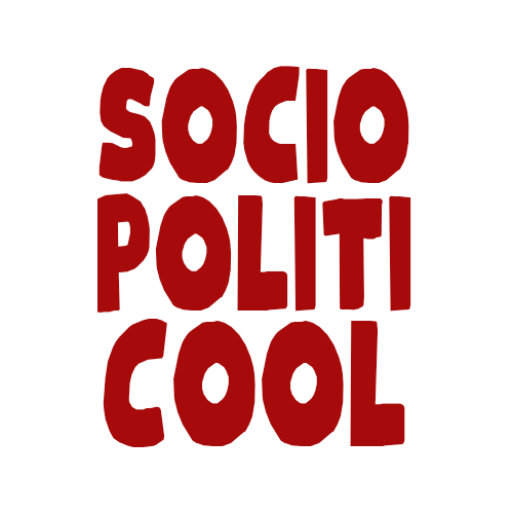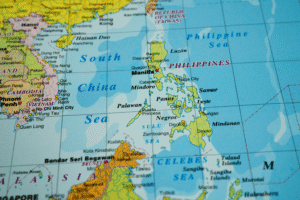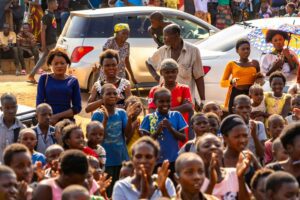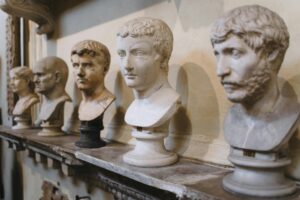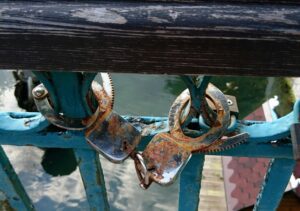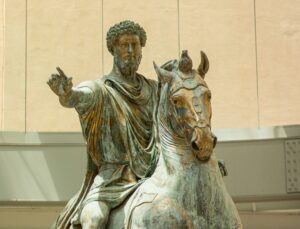Unlike a monarchy, a republic is designed to serve the public interest. No kings and queens. No monarch. No divine right.
Leaders are voted based on their popularity and policies, party affiliation, qualifications and experience, as well as their character and values.
And whoever wins must work for the benefit of the citizens.
Sovereignty rests with the people, and public officials are entrusted to serve their interests, not personal power.
Plato wrote a book titled The Republic, but it is not about a republic in the modern sense of government.
It is not the right resource if you want to learn about it. This article, albeit short, can teach you what a republic is.
“Republic” Literally Means “Public Affair”
The word “republic” comes from the Latin phrase “res publica,” which directly translates to “public affair” or “public matter.”
So, a republic is a government that exists to manage the concerns of the people, rather than to protect the privileges of a king, queen, or ruling elite.
In ancient Rome, which is one of the earliest examples of a republic, decisions were made through institutions where select citizens debated on laws.
Even though it was not fully democratic by modern standards, it established the idea that government should belong to the people as a whole.
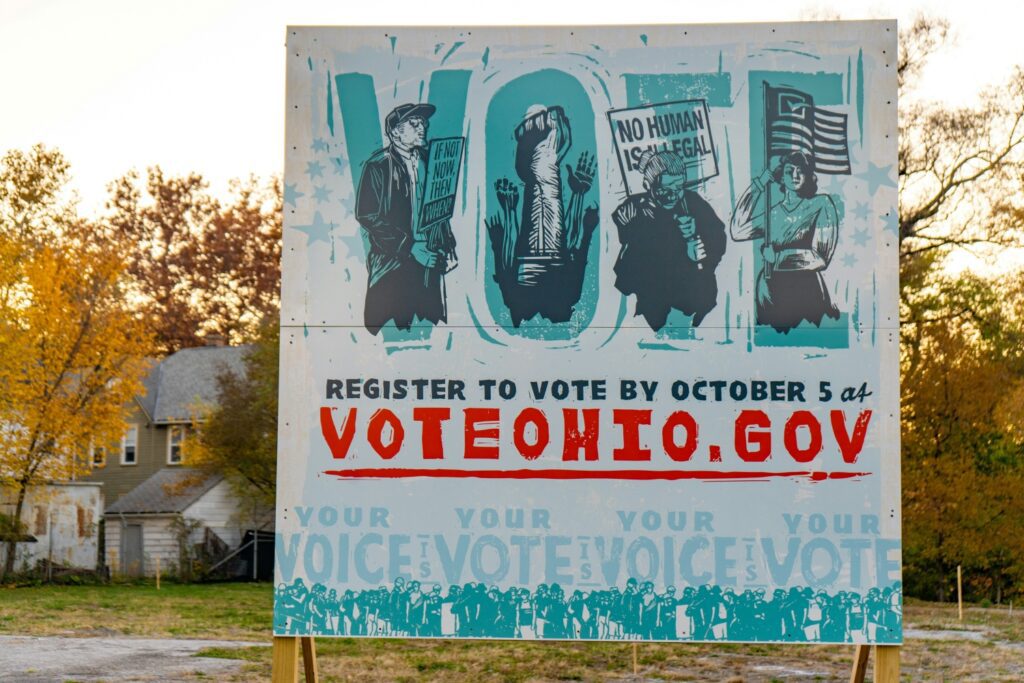
Government Officials Are Elected in a Republic
Elections allow citizens to have a direct role in deciding who will represent them in government. And it happens every few years.
If a leader is corrupt, abuses power, or fails to address their needs, they can simply choose someone else during the next election.
A Republican Government Has Limited Power
Most republics are built on a constitution that limits what government officials can and can’t do. It prevents abuse of power.
For instance, the Philippine Constitution clearly outlines the three branches of government, each with its own responsibilities and limits.
Checks and balances is a principle that ensures no branch of government becomes more powerful than the others.
This stops any single branch from becoming too powerful. If they try to overpower, other branches can stop them.
Individual Rights Must Be Protected
Citizens are active members of society who are guaranteed certain rights.
These rights include freedom of speech, freedom of religion, the right to vote, the right to a fair trial, and protection from unfair treatment.
The government can’t take these rights away in the name of majority rule. When violated, they can protest or challenge the government in court.
Types of Republics Across the World
While all republics share the basic principle that power belongs to the people and their representatives, the way this is organized can vary widely.
Let us look at the different types of republics across the world.
Presidential Republic
In a presidential republic, the president is the head of state and government.
So, they not only represent the country in international affairs but also oversee the daily operations of the government.
They are elected directly by the people, usually for a fixed term, and can be removed through impeachment or the next election.
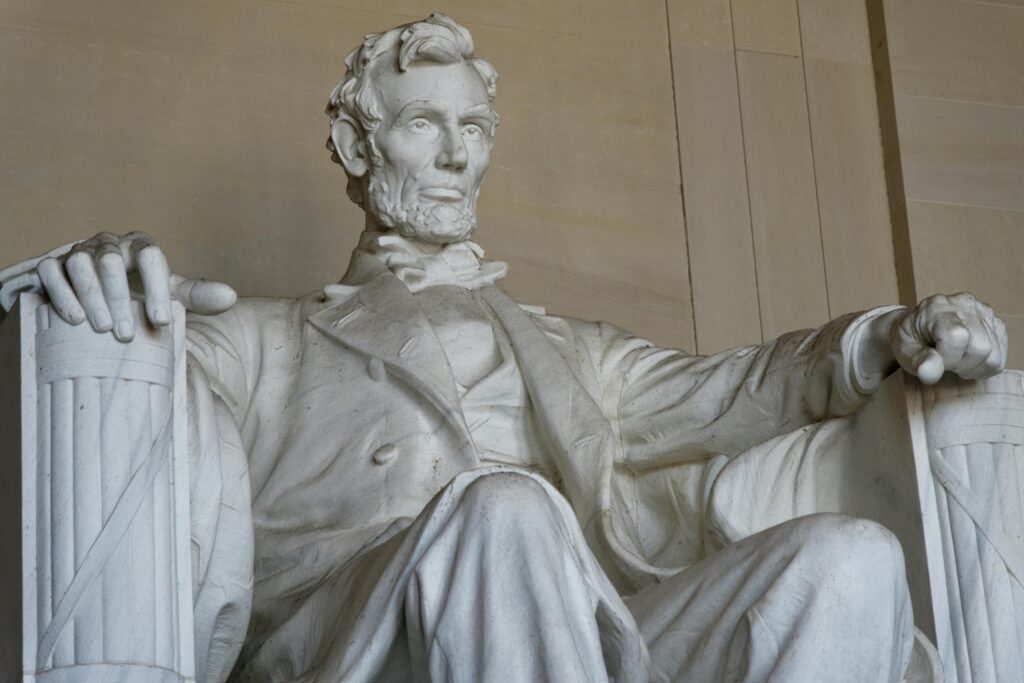
Parliamentary Republic
In a parliamentary republic, the parliament holds the most power, and the head of government is a prime minister chosen by the elected representatives.
The prime minister can be removed easily through a vote of no confidence.
A vote of no confidence is a parliamentary motion showing that the majority no longer supports the government or its leader, forcing resignation or new elections.
One advantage of that is they can respond quickly to political crises by changing leadership without waiting for the next election.
Semi-presidential Republic
A semi-presidential republic has the president as the head of state, and the prime minister as the head of government.
The president handles foreign affairs, national security, and major state decisions. They may also appoint the prime minister and dissolve parliament.
The prime minister, on the other hand, runs the daily affairs of the country, oversees the economy, enforces laws, and manages the administration.
This system is designed to balance power and prevent either the president or the prime minister from becoming too dominant.
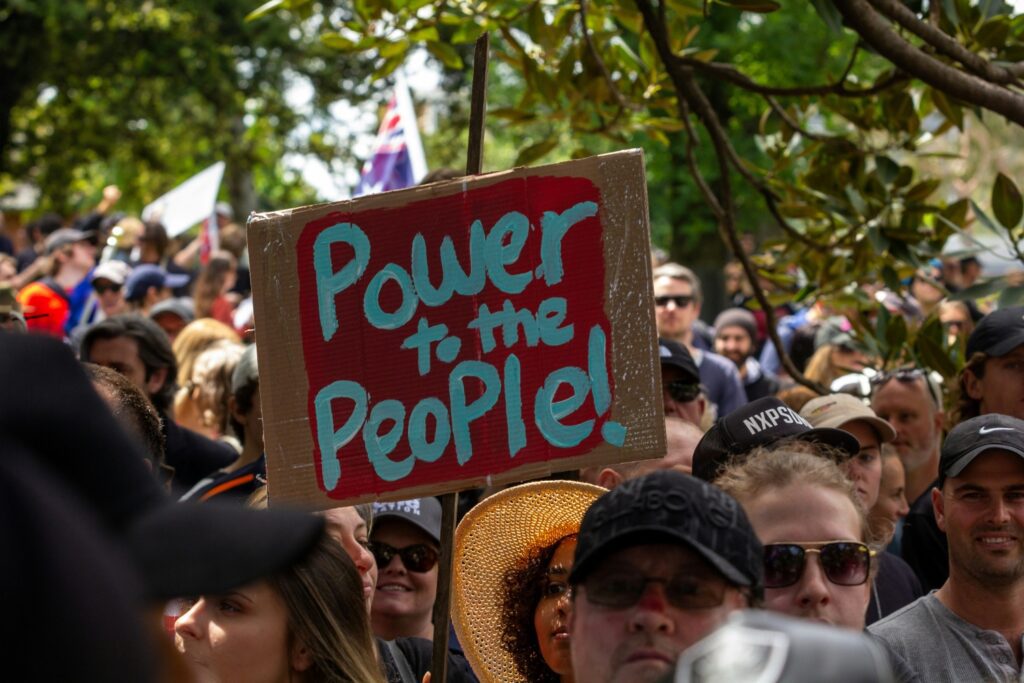
Over 150 Countries Have “Republic” in Their Official Names
More than 150 countries around the world include the word “republic” in their official names: Republic of South Korea. Republic of the Philippines. French Republic. Federal Republic of Germany.
However, some adopted the term only for legitimacy. In reality, their citizens have little real power. The government is not by the people.
One example is the People’s Republic of China.
China calls itself a republic only because it has no monarchy and, in theory, represents the people through a state system.
But the government is controlled entirely by the Chinese Communist Party, which governs according to Marxist-Leninist principles.
Marxist-Leninists are authoritarian because they believe one strong party should control the government to guide society toward socialism.
They limit opposition and centralize power.
